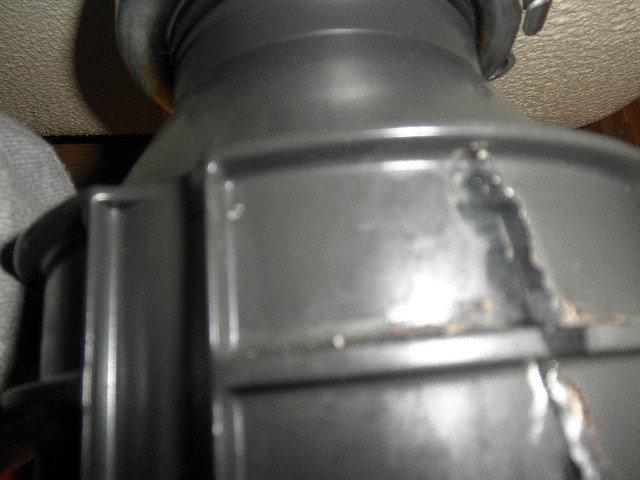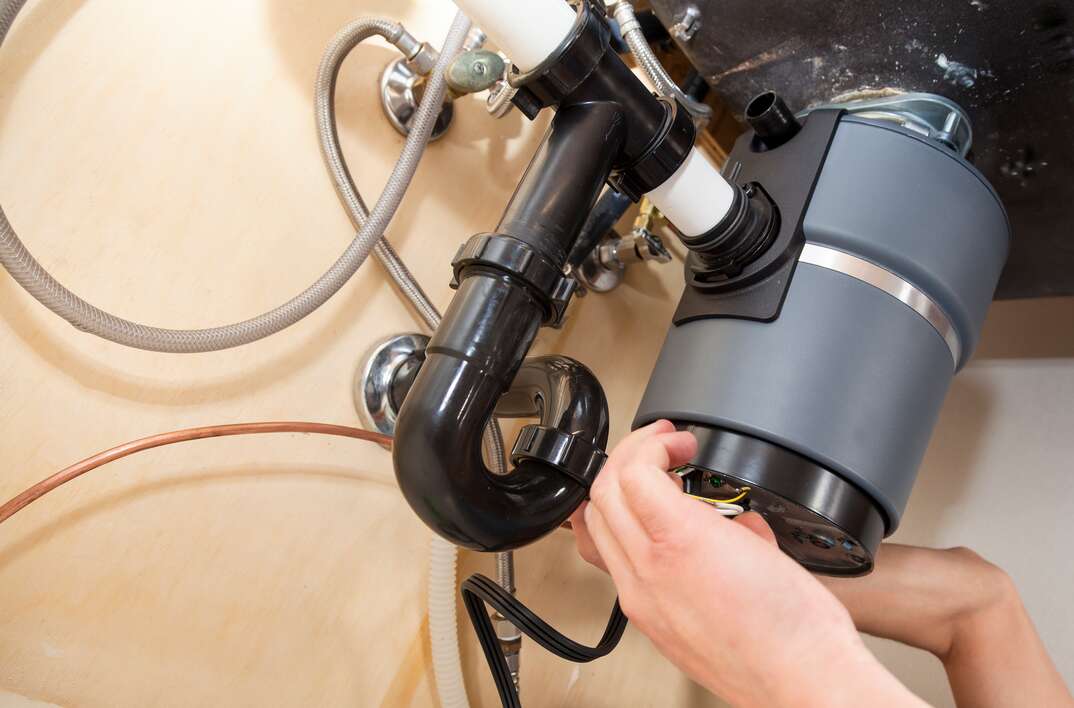Top Tips for Fixing a Leaking Waste Disposal Unit
Top Tips for Fixing a Leaking Waste Disposal Unit
Blog Article
We have come across this post about How to fix a pretty consistent leak from my garbage disposal down the page on the internet and think it made perfect sense to share it with you over here.

Waste disposal unit are essential kitchen area appliances that aid in throwing away food waste effectively. Nevertheless, a dripping garbage disposal can be a frustrating and unpleasant trouble to manage. The good news is, many leaks can be dealt with quickly with a few basic steps. In this write-up, we will go over exactly how to deal with a dripping waste disposal unit successfully.
Introduction
Garbage disposals are set up under kitchen area sinks and are made to shred food waste right into smaller sized pieces, enabling it to go through the pipes system easily. While these devices are generally reputable, leakages can take place with time as a result of wear and tear, loosened links, or damages to the system.
Usual Reasons For Leaks in Rubbish Disposals
Worn Seals and Gaskets
Seals and gaskets play a crucial role in protecting against water from leaking out of the waste disposal unit. In time, these parts can wear away, resulting in leakages around the disposal device.
Loose Links
The connections between the waste disposal unit and the pipes system can come to be loosened in time, triggering water to leakage out throughout operation.
Cracks or Openings in the Disposal System
Physical damage to the garbage disposal, such as cracks or holes in the housing, can additionally result in leakages.
Recognizing the Resource of the Leakage
Before trying to fix a leaking garbage disposal, it is necessary to identify the source of the leakage. This can typically be done via visual evaluation or by performing straightforward examinations.
Visual Evaluation
Evaluate the waste disposal unit system very carefully for any type of indicators of water leakage. Pay close attention to locations around seals, gaskets, and link points.
Examining for Leakages
One method to test for leaks is by running water with the disposal system and checking for any noticeable indications of leak.
Tools and Materials Needed for Repairing a Leaking Waste Disposal Unit
Prior to starting the repair service procedure, collect the needed tools and materials, including a screwdriver, adjustable wrench, plumbing's putty, replacement seals or gaskets, and epoxy or patching material for fixing splits or openings.
Step-by-Step Overview to Dealing With a Dripping Garbage Disposal
Switch off the Power
Before trying any repairs, make sure that the power to the garbage disposal unit is turned off to stop the risk of electrical shock.
Locate the Leak
Recognize the specific area of the leakage and identify the cause.
Tighten Connections
Utilize a wrench to tighten any type of loosened connections between the disposal unit and the pipes system.
Change Seals or Gaskets
If the leak results from worn seals or gaskets, get rid of the old parts and change them with brand-new ones.
Patching Cracks or Holes
For fractures or openings in the disposal unit, usage epoxy or an ideal patching material to seal the broken area.
Testing the Waste Disposal Unit After Repair Service
When the repair is full, test the garbage disposal by running water via it to make sure that the leak has actually been resolved.
Preventive Upkeep Tips to Stay Clear Of Future Leakages
To prevent future leakages, it is necessary to execute normal upkeep on your waste disposal unit. This consists of maintaining it clean, staying clear of putting non-food things or difficult items down the disposal, and periodically looking for leaks or other problems.
Conclusion
To conclude, dealing with a leaking garbage disposal is a reasonably straightforward procedure that can be completed with standard tools and products. By complying with the steps laid out in this write-up and practicing precautionary upkeep, you can keep your waste disposal unit in good working condition and stay clear of pricey repair work in the future.
HERE’S HOW TO FIX YOUR GARBAGE DISPOSAL
WHAT TO DO IF SOMETHING IS STUCK IN YOUR GARBAGE DISPOSAL
If the impeller won’t turn, there’s probably something stuck in the disposal. It could be a steak bone or peach pit, although plumbers report pulling all sorts of inappropriate objects out of disposals, such as bottle caps or aluminum foil. Make sure power to the disposal is off, and look inside to see if you can see the source of the jam.
Never stick your fingers in a disposal. Pull out anything you see with tongs or pliers.
If the disposal still won’t work, it may be time to call a plumber or consider buying a new disposal. GEM Plumbing & Heating is here for all of your garbage disposal needs.
WHAT TO DO IF YOUR GARBAGE DISPOSAL DRAIN IS CLOGGED
Take everything out from underneath your sink and put a bucket or other container under your disposal to catch any water that drains out. Disconnect your disposal from the power supply. If it’s plugged into a wall outlet, unplug it. If it’s hardwired into an electrical box, go to the electrical panel and turn off the breaker for the disposal. Pour ¼ cup of baking soda into the drain, followed by ½ cup of white vinegar. Give the solution a few minutes to fizz and do its work. Look into the disposal with a flashlight to see if you can see an object that might be causing the clog. If you see it, remove it using tongs or pliers. MORE TIPS ON DEALING WITH A CLOGGED GARBAGE DISPOSAL
Never use drain cleaner in a garbage disposal. It can damage the plastic parts inside the disposal. You can also be splashed with the caustic liquid while working to clear the clog. Beware! Never stick your fingers into a garbage disposal. Trust us — not a good idea. In many instances, your dishwasher drains through your garbage disposal. This allows the disposal to grind any large food particles that may be drained out of your dishwasher. There are some jurisdictions, however, where the plumbing code prohibits such a connection. WHAT TO DO WHEN YOUR DISHWASHER DRAINS THROUGH THE DISPOSAL
Run some water in the sink so your plunger has at least a ½-inch of water to create a seal and plunge vigorously up and down several times. You may need to repeat this several times. Run hot water down the drain to clear any residue that remains.

As a fervent person who reads about Tips on Fixing a Leaking Garbage Disposal, I was thinking sharing that excerpt was essential. Sharing is caring. You never know, you may be helping someone out. Thank you for taking the time to read it.
Call Today Report this page